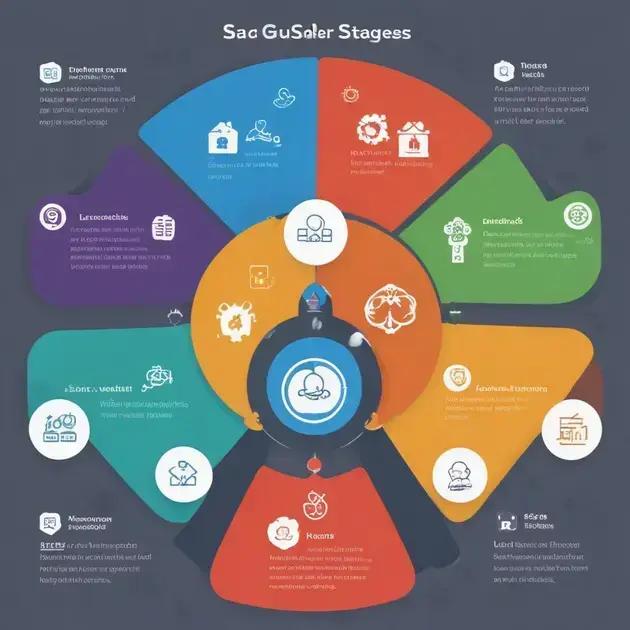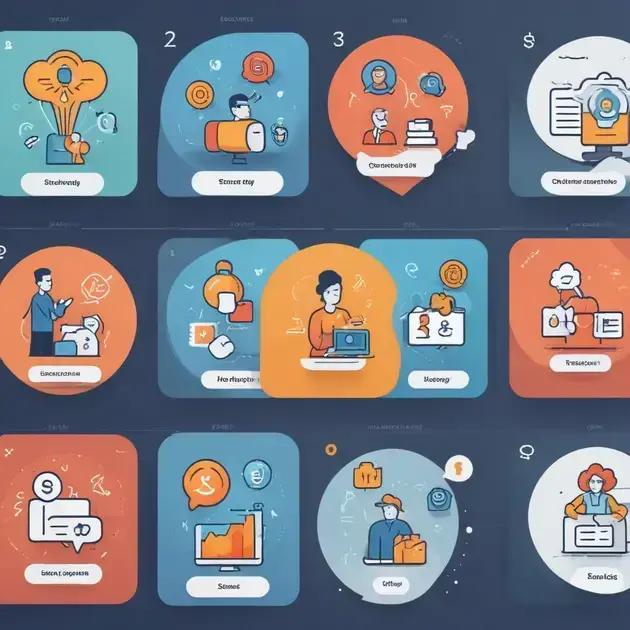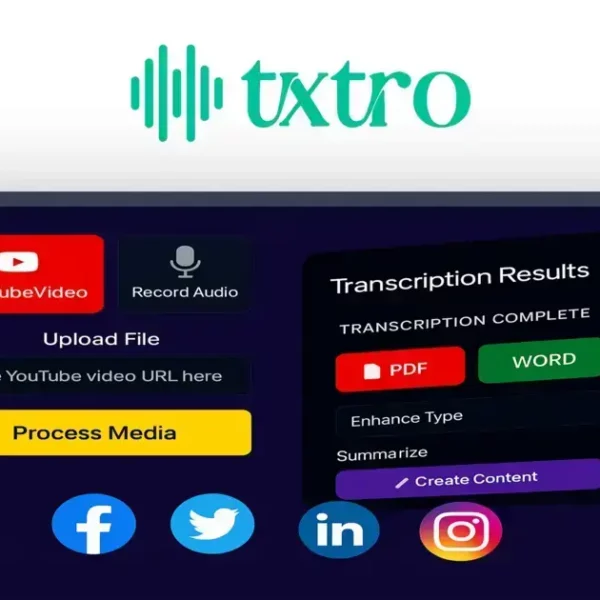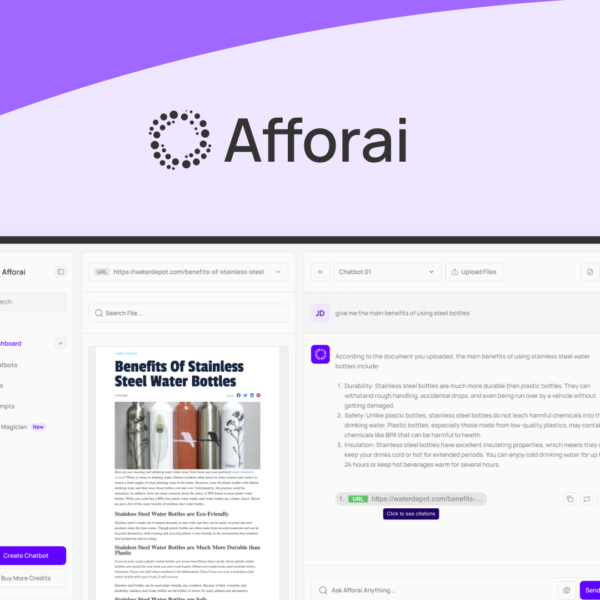The SaaS sales process involves key stages like lead generation, customer qualification, product demonstration, and closing deals. Enhancing this process with best practices, addressing common challenges, and effectively measuring success through KPIs ensures a strong sales strategy and long-term customer satisfaction.
The saas sales process is more than just a series of steps; it’s the backbone of a successful software business. By understanding and optimizing each stage—from lead generation to closing deals—you can enhance team efficiency and boost revenue. In this article, we’ll break down the crucial steps of the saas sales process, offering insights and best practices to help you navigate this competitive landscape.
Understanding the SaaS Sales Process
Understanding the SaaS sales process involves diving into the unique journey of selling software as a service. This process differs from traditional sales, focusing on building relationships and demonstrating value through trials and subscriptions. Key elements include understanding customer needs, effective onboarding, and continuous engagement.
What is the SaaS Sales Process?
The saas sales process centers around acquiring new customers and retaining existing ones through a subscription model. Rather than making a one-time sale, sales teams must ensure that customers see ongoing value in their service, leading to renewals.
Key Components of the SaaS Sales Process
1. **Lead Generation**: Attracting potential customers through marketing efforts, like content marketing and webinars.
2. **Demo and Trial**: Offering a free trial or a demo to showcase the product’s capabilities.
3. **Closing**: This step involves converting a trial user into a paying customer.
4. **Onboarding**: Providing support to help customers get started effectively.
5. **Engagement**: Continually checking in with customers to ensure satisfaction and explore upsell opportunities.
Why is Understanding the Process Important?
By mastering the SaaS sales process, teams can identify opportunities for improvement and maximize efficiency. Understanding each step helps sales teams tailor their approach and enhances customer satisfaction, ultimately driving long-term revenue growth.
Key Stages of the SaaS Sales Process

The key stages of the SaaS sales process are crucial for turning potential clients into loyal customers. Each stage is designed to engage, inform, and convert leads effectively. Understanding these stages helps sales teams streamline their approach and maximize conversion rates.
1. Lead Generation
The first stage involves attracting potential customers through various marketing strategies. This can include content marketing, social media initiatives, and paid advertisements that highlight the benefits of your SaaS product. The goal is to generate interest and gather contact information from prospects.
2. Qualification
Once leads are generated, the next stage is qualification. This involves assessing the leads to determine their potential interest and fit for your service. Using criteria such as budget, need, timetable, and authority can help prioritize leads and focus efforts on those most likely to convert.
3. Product Demonstration
A key moment in the SaaS sales process is the product demonstration. Offering a personalized demo helps showcase how your software can solve specific pain points for the potential customer. This stage builds rapport and allows potential clients to visualize the value your product brings.
4. Proposal and Negotiation
Next, sales teams should prepare a formal proposal outlining the details of the service, pricing, and terms. Negotiation may take place here, as both parties discuss the terms to reach an agreement that satisfies the customer’s needs while also benefiting your business.
5. Closing the Deal
In this final stage, the goal is to finalize the sale. This often involves obtaining signatures on contracts and ensuring that all the necessary administrative tasks are completed. After closing, customer onboarding begins, which is critical for retention and ensuring the customer’s success with the product.
Best Practices for SaaS Sales
Implementing best practices for SaaS sales can significantly enhance your team’s effectiveness, drive conversions, and foster long-term customer relationships. By optimizing your approach, you create a better experience for potential clients and improve overall revenue.
1. Understand Your Target Audience
Knowing who your target audience is essential. Research their pain points, preferences, and buying behaviors. This information will help tailor your approach and messaging, making it more relevant and compelling.
2. Create Value-Driven Content
Providing educational and value-driven content is key in the SaaS sales process. Develop resources such as blog posts, eBooks, and case studies that showcase how your software can solve specific problems. This positions your brand as an expert in the industry.
3. Focus on Relationship Building
Sales in the SaaS landscape relies heavily on relationships. Engage with potential clients through personalized communication and follow-ups. Building trust and rapport can significantly influence their decision to purchase.
4. Offer Free Trials or Demos
Allowing prospects to experience your product firsthand through free trials or demos can increase conversion rates. Make sure to guide them through the initial setup and usage, helping them see the value of your solution right away.
5. Utilize Metrics to Measure Success
Tracking and analyzing key metrics is crucial for optimizing your SaaS sales process. Use data analytics to monitor conversion rates, customer feedback, and churn rates. This information will help refine your strategies and improve overall performance.
Common Challenges in SaaS Sales

Identifying and understanding the common challenges in SaaS sales can help teams strategize effectively and overcome obstacles. Each challenge requires a specific approach to ensure the sales process remains smooth and successful.
1. Customer Acquisition
One of the biggest challenges in SaaS sales is acquiring new customers. In a crowded market, standing out is tough. Implementing targeted marketing strategies and utilizing customer referrals can be effective in attracting potential clients.
2. Churn Rate
The churn rate, or the percentage of customers who stop using your service, can be a critical indicator of success. High churn rates indicate that customers are dissatisfied or not finding enough value in the product. Continuous engagement and support are essential to mitigate this challenge.
3. Price Sensitivity
Potential customers often compare prices with competitors. Being able to justify your pricing through demonstrating unique value and ROI is crucial. Offering flexible pricing options or tiers can also help cater to different budgets.
4. Onboarding Difficulties
A smooth onboarding experience is vital for retention. Many clients may find it challenging to understand how to use a new SaaS product. Providing clear instructions, tutorials, and dedicated support during the onboarding process helps address this issue.
5. Demonstrating Value
In a SaaS environment, customers need to see the ongoing value of your service. Regular follow-ups, performance insights, and success stories are important for showing users the benefits and features of your software over time.
Measuring Success in the SaaS Sales Process
Measuring success in the SaaS sales process is essential for continuous improvement and growth. By understanding how to effectively track performance, sales teams can identify areas needing enhancement and celebrate wins.
1. Key Performance Indicators (KPIs)
Establishing clear KPIs is critical in measuring success. Common SaaS sales KPIs include Monthly Recurring Revenue (MRR), Customer Acquisition Cost (CAC), Churn Rate, and Customer Lifetime Value (CLV). Monitoring these metrics provides insights into the health of the business and sales effectiveness.
2. Customer Feedback
Regularly gathering customer feedback helps assess satisfaction and areas for improvement. Surveys, Net Promoter Scores (NPS), and direct communication can reveal how customers perceive the product and their experience with your sales process.
3. Sales Funnel Analysis
Analyzing the sales funnel allows teams to see where prospects drop off and why. Understanding this can help adjust strategies to improve conversion rates and refine targeting efforts.
4. Win/Loss Analysis
Conducting win/loss analysis helps teams learn from both successful and unsuccessful sales efforts. By understanding why deals were won or lost, teams can adjust their approach and messaging to optimize future sales.
5. Time to Close
Measuring the time it takes to close deals is important for efficiency. A long sales cycle may indicate issues in the sales process, such as ineffective communication or unclear value propositions. Identifying and addressing these issues can help streamline the process.
Summing Up the SaaS Sales Process
Understanding the SaaS sales process is essential for success in today’s competitive market. By focusing on key stages like lead generation, qualification, and closing deals, businesses can attract and retain customers more effectively. Implementing best practices and addressing common challenges will strengthen your sales strategy.
Measuring success through metrics and customer feedback allows teams to refine their approach over time. Embracing these elements creates a framework for growth, enabling businesses to thrive in the SaaS landscape.
By continuously optimizing your sales processes and embracing customer insights, you can lead your SaaS business to greater achievements.
FAQ – Frequently Asked Questions about the SaaS Sales Process
What are the key stages of the SaaS sales process?
The key stages include lead generation, qualification, product demonstration, proposal and negotiation, and closing the deal.
How can I improve customer acquisition in SaaS sales?
Focusing on targeted marketing strategies, offering free trials, and building strong relationships can enhance customer acquisition.
What is churn rate and why is it important?
Churn rate measures the percentage of customers who stop using your service. It is important as it indicates customer satisfaction and retention.
How can I measure success in the SaaS sales process?
Success can be measured using KPIs like Monthly Recurring Revenue (MRR), Customer Acquisition Cost (CAC), and analyzing customer feedback.
What are some common challenges in SaaS sales?
Common challenges include customer acquisition, high churn rates, price sensitivity, onboarding difficulties, and demonstrating ongoing value.
How important is customer feedback in SaaS sales?
Customer feedback is crucial as it helps identify satisfaction levels and areas for improvement, guiding the sales strategy.




